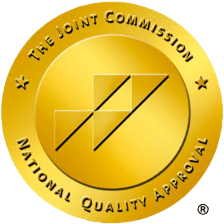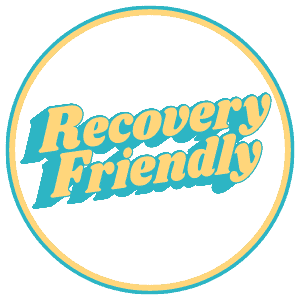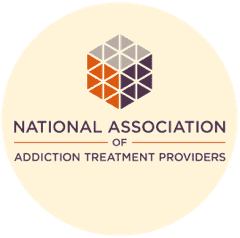1. Begin to understand mindfulness.
Mindfulness is summarized by Jon Kabat-Zinn as “awareness that arises through paying attention, on purpose, in the present moment, non-judgmentally.” Learning about mindfulness can be motivating and rewarding. Many people can be found practicing mindfulness in small groups, such as meditation groups, yoga classes, or outdoor enthusiasts.
2. Begin to practice mindfulness.
This may take the form of paying attention to the sights and sounds while walking around your neighborhood, or the sensations that one experiences while washing the dishes. Classical mindfulness usually takes the form of seated meditation, where one first pays attention to the breath and then expands their attention to thoughts as they rise and fall.
3. Stop living in the past or the future.
Focus instead on the here and now. As Eckhart Tolle noted in The Power of Now, “nothing has happened in the past; it happened in the Now. Nothing will ever happen in the future; it will happen in the Now.” Though tempting, daydreaming of the past or future only distracts us from the present moment and what is going on around us.
4. Pay attention to your thoughts.
Your thoughts shape your reality. Shakespeare famously noted that “for there is nothing either good or bad, but thinking makes it so.” This idea is echoed in one of today’s preeminent counseling theories, cognitive behavioral therapy (CBT).
5. Examine your thinking for things that aren’t really true.
These thought patterns are often referred to as “cognitive distortions.” For example, many people think in terms of black and white. An example of cognitive distortion would be “I’m always stuck in traffic,” which can make the process of driving more stress-filled and negative than the reality of the situation. Other common scenarios are jumping to conclusions, catastrophizing (always expecting disaster to strike), living life according to “shoulds,” or taking things personally.
6. Practice self-compassion.
Fred Rogers, popularly known as Mr. Rogers, said that “the child is in me still and sometimes not so still.” Mr. Rogers was trying to make the point that our inner selves often need just as much patience and comfort as a child would. When we are stressed or angry, we may need to discover our inner pain and address it with compassion and care.
7. Try out self-affirmations.
Self-affirmations come from our experiences. They are highly personalized, and come from life areas or achievements that we value, such as: “I’m a hard worker,” or “I’m a great writer.” Research has shown that personalized affirmations light up areas of the brain associated with conceptions of the self and areas of the brain associated with reward. Furthermore, affirmations can increase our positive behaviors in the future.
8. Practice gratitude.
Gratitude exercises can be formal or informal and are designed to increase our appreciation for positive things in our life. This can begin with basic facts, like our ability to read or the roof over our heads. Efforts at cultivating gratitude have been shown to increase feelings of well-being and reduce feelings of depression.
9. Communicate in a positive manner.
A mixture of positive and negative feedback is important in group situations. However, we should work to incorporate more positive communication toward one another. One study found that the ideal ratio of feedback for improving group performance was 5.6 pieces of positive feedback for every one piece of negative feedback. Negative feedback is still necessary, as it can lead to self-reflection and self-improvement.
10. Eat healthily.
Our bodies need the fuel from food and beverage sources to operate properly. However, some food items are particularly effective in achieving an efficient, high-functioning body and mind. For example, blueberries have been shown to boost memory in rats and humans, and leafy greens have been shown to reduce cognitive decline in older s.
11. Exercise.
Exercise is linked with a number of positive psychological benefits, such as reducing anxiety, improving feelings of self-mastery and accomplishment, and improving mood.
12. Establish a healthy sleep routine.
Sleeping consistently for around 8 hours a night is associated with a number of positive health characteristics. Proper sleep is needed for learning new skills, retaining information, and emotional regulation. The physical body begins to suffer when it is not given a proper amount of sleep.
Know someone who might benefit from this post? Please like and share this post from Next Step Recovery with them. Or, if you have questions or comments, please leave them below! We’re always looking for ways to keep the conversation about recovery going. Education is one of the most powerful tools we have to combat addiction.









